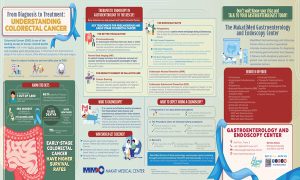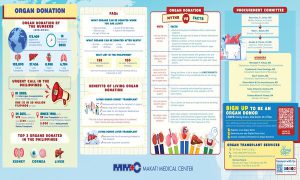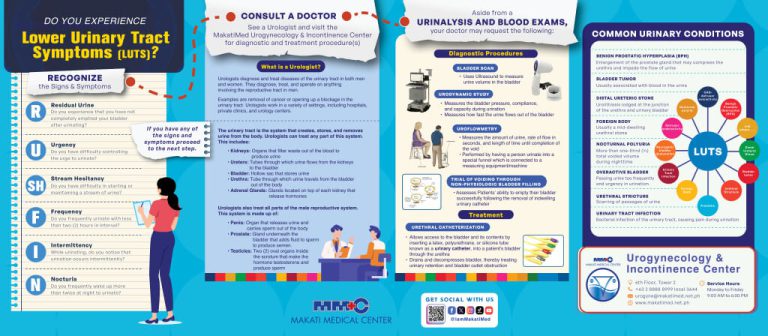Back in the 19th century, tuberculosis (TB) was regarded as a pandemic. The death rate reached an estimated seven million per year, and around 50 million people were openly infected. During that time, the highly contagious lung disease had no cure. It did not help that it spread quickly through coughing, sneezing, and talking.
Today, while TB has become more preventable and treatable, it is still widely regarded as a public health concern. For one, it takes long to treat, with a person averaging six to nine months on antibiotics. According to the World Health Organization (WHO), the disease is still one of the top ten causes of deaths worldwide, as well as the leading cause of death from a single infectious agent.
As with any other disease, learning more about TB is one of the best ways to protect yourself from it. Below is a series of scientific and intriguing tuberculosis facts you should know.
What is Tuberculosis?
Caused by the Mycobacterium tuberculosis bacteria, tuberculosis is a highly infectious pulmonary disease that can damage other parts of the body aside from the lungs.
Presently, there are two types of tuberculosis conditions: TB disease and latent TB. TB disease is the diagnosis for someone who has tuberculosis. This means the bacteria are active in the body and multiplying rapidly. Common symptoms include:
- Extensive coughing that lasts more than three weeks
- Pain in the chest
- Blood-tinged phlegm or sputum
- Weakness and general fatigue
- Unintended weight loss
- Loss of appetite
- Fever and chills
- Cold sweats in the evening
Meanwhile, latent TB refers to the TB bacteria living in the body without the person getting sick. Someone who has latent TB does not show symptoms of the disease and cannot spread the bacteria to others. There is a 7 to 10% risk of progression of latent TB to TB disease.
Five Fast Facts about Tuberculosis
1. TB is a quick-spread airborne disease
The nature of the disease makes it dangerous. When a person contracts the active TB disease, they do not feel sick or show apparent symptoms of the disease to infect other people. In a year, someone diagnosed with TB can infect up to 15 people. They can either get active TB or contract the bacteria and have latent TB.
2. The disease is a global threat
Contrary to popular belief, tuberculosis does not only affect developing countries. WHO released figures estimating that close to one-quarter of the world’s population or almost 2 billion people are infected with mycobacterium tuberculosis. TB kills one person approximately every 21 seconds, and about 1.5 million deaths from the disease were recorded in 2018.
3. Some cases of TB are more resistant to antibiotics
Multidrug-resistant tuberculosis (MDR-TB) occurs when the antibiotics used to cure the disease are misused or mismanaged. There are a few reasons why this happens, including:
- Patients failing to complete the duration of TB treatment
- Doctors prescribing the wrong dosage or duration of treatment
- Taking poor quality antibiotics
- Unavailability of the complete set of drugs used to treat the disease
Because of these reasons, the bacteria mutate and become slightly more challenging to treat. On average, MDR-TB takes two years to cure and requires a stronger set of antibiotics. A person also has the risk of developing MDR-TB if they have had active TB in the past.
4. TB was referred to as “consumption” during ancient times
Since it is one of the oldest diseases in human history, tuberculosis has been recorded and referenced in ancient texts.
The condition was first mentioned in Greek literature and called phthisis, a term meaning “to waste away.” In Hippocrates’ Book 1, Of the Epidemics, he wrote, “Consumption was the most considerable of the diseases which then prevailed.” He noted that people who got infected almost always died.
5. Sanitariums were used to treat infected people
Long before antibiotics came into the picture, physicians developed a theory that balanced diet, rest, fresh air, and sunshine were the key to treating those who had tuberculosis.
Late physician Hermann Brehmer is known to be the first person who established an open-air treatment in Germany. In the following decades, other countries and infected areas followed suit. It was never proven if sanitariums did the job, but it did help isolate the people who had the disease.
Prevent TB with proper education
March 24 is World Tuberculosis Day, and it pays to learn some essential facts about TB. Education is still one of the best forms of prevention, and it helps people understand the worldwide impact of this deadly disease.
If you suspect that you or anyone you know is experiencing symptoms of TB disease, do not hesitate to be tested right away. Reach out to Makati Medical Center’s Infectious Diseases Department and let our specialists handle any health concerns related to tuberculosis.











